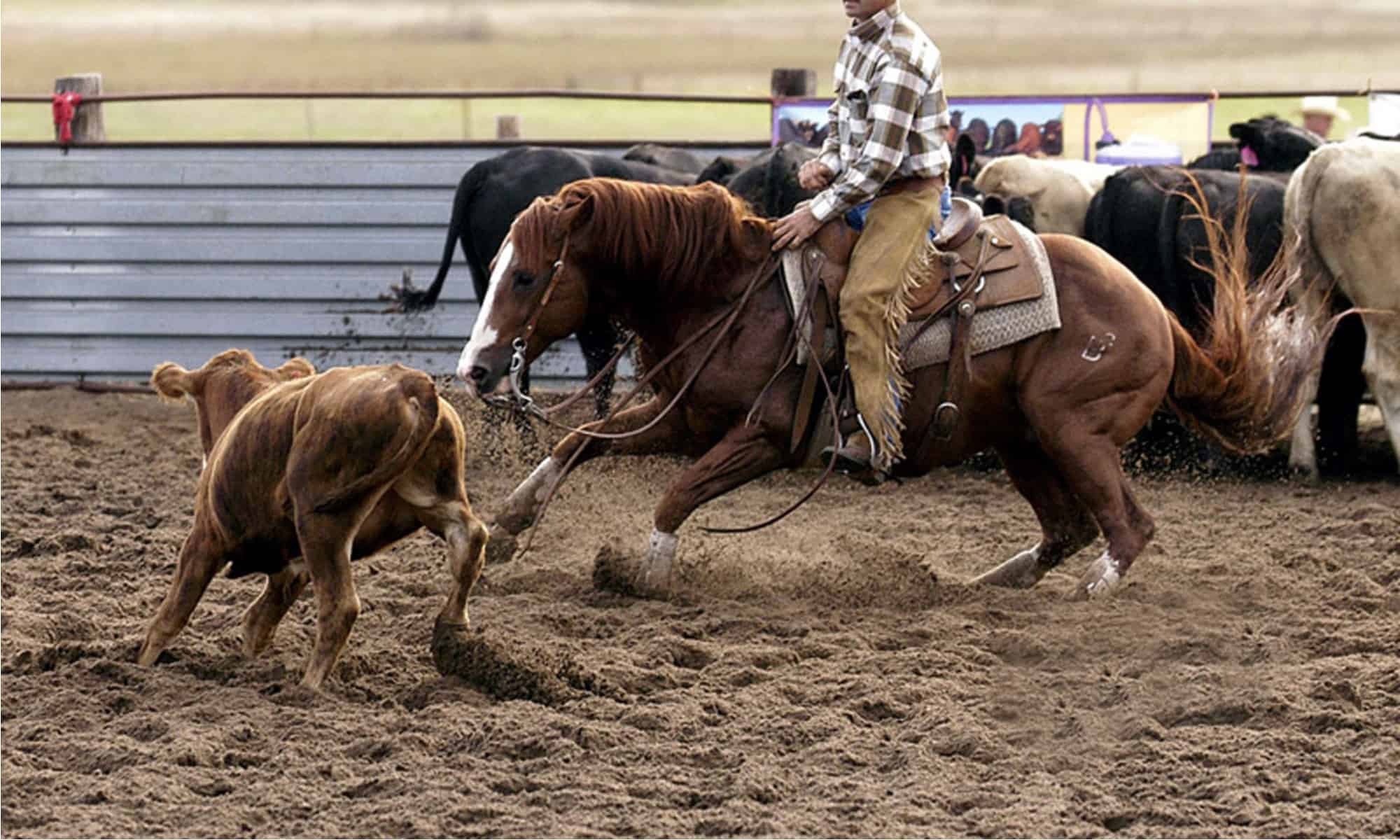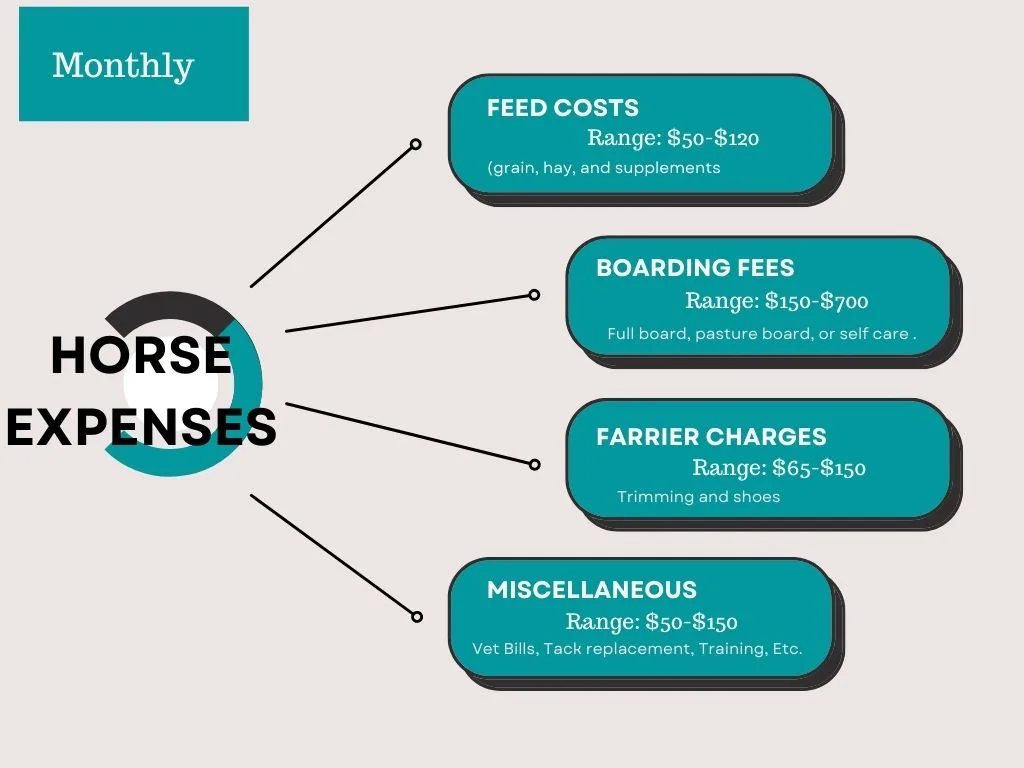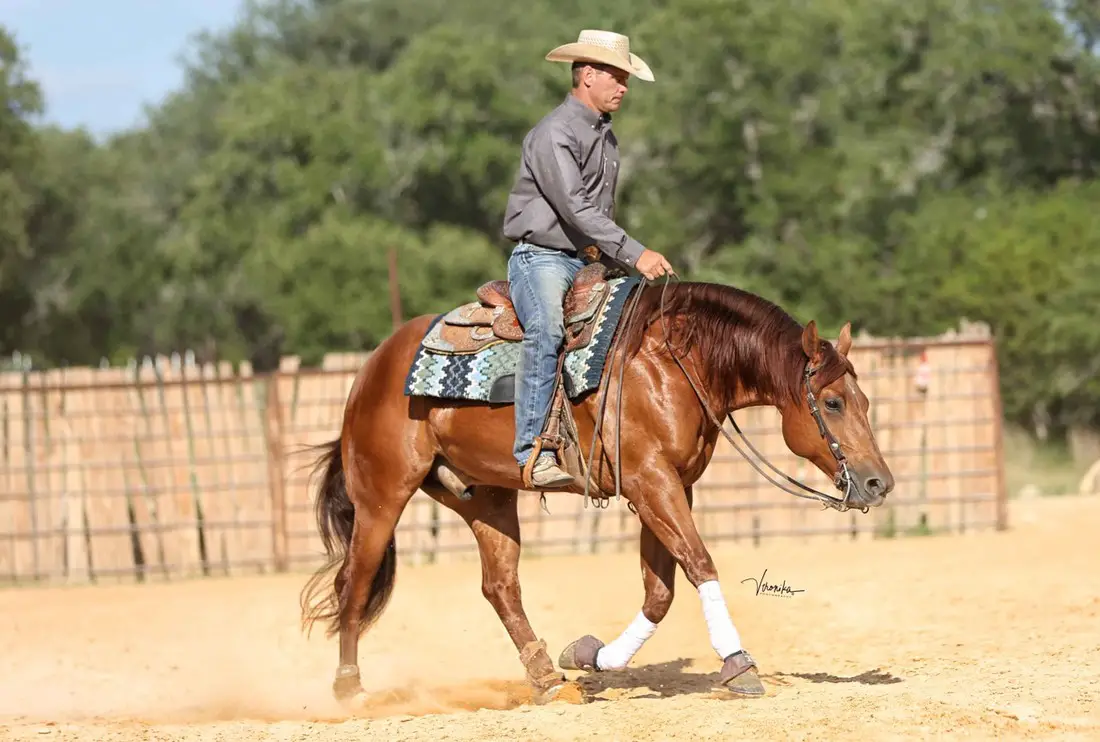Owning a cutting horse can be a rewarding and exhilarating experience for horse enthusiasts and riders alike. However, the initial upfront cost and ongoing expenses associated with owning a cutting horse can vary greatly. In this article, we will explore the factors that contribute to the cost of a cutting horse, including breed, training, maintenance, and competition expenses. By the end of this article, you will have a comprehensive understanding of how much a cutting horse truly costs.
The Initial Cost of a Cutting Horse

When it comes to purchasing a cutting horse, the initial cost can vary significantly based on several factors. The breed of the horse plays a significant role in determining its price. Popular cutting horse breeds such as Quarter Horses, Paint Horses, and Appaloosas are often priced higher due to their proven track record in the sport. Additionally, the age, bloodlines, and level of training of the horse can also impact the purchase price. A well-bred, well-trained cutting horse can cost anywhere from $5,000 to $50,000 or more. It’s important to consider your budget and the specific qualities you are looking for in a cutting horse before making a purchase.
Breed and Bloodlines
The breed and bloodlines of a cutting horse can significantly influence its price. Horses with prestigious bloodlines and a proven track record in cutting competitions are often priced higher due to their potential for success in the sport. Breed associations and pedigree documentation can provide insight into the lineage and performance history of a cutting horse, which can impact its market value.
Level of Training
The level of training a cutting horse has received can also affect its purchase price. Well-trained horses with experience in cutting competitions will command a higher price compared to untrained or green horses. The investment in training and the horse’s ability to perform well in the arena can justify a higher initial cost.
Ongoing Maintenance Costs

Once you’ve acquired a cutting horse, it’s essential to consider the ongoing maintenance costs associated with ownership. Routine expenses such as feed, farrier services, veterinary care, and boarding or stable fees can add up over time. Additionally, specialized training and conditioning programs tailored to cutting horses may incur additional costs to ensure the horse remains in optimal physical and mental condition for competition.
Feed and Nutrition
Proper nutrition is essential for the health and performance of a cutting horse. High-quality feed, supplements, and access to fresh water are necessary to maintain the horse’s energy levels and overall well-being. Depending on the dietary needs of the horse, feed costs can range from $100 to $300 per month.
Farrier and Hoof Care
Regular farrier visits are crucial for maintaining the hoof health of a cutting horse. Trimming, shoeing, and corrective measures may be required to keep the horse’s hooves in optimal condition for the demands of cutting maneuvers. Farrier services can cost approximately $50 to $150 every 6-8 weeks, depending on the specific needs of the horse.
Veterinary Care
Routine veterinary care, vaccinations, dental exams, and emergency medical expenses are all part of the ongoing maintenance costs associated with owning a cutting horse. Annual veterinary expenses can range from $500 to $1,500, depending on the horse’s health and any unforeseen medical issues that may arise.
Boarding or Stable Fees
Stabling a cutting horse at a professional training facility or boarding barn can incur monthly fees ranging from $300 to $1,000, depending on the amenities and services provided. Factors such as turnout space, access to riding arenas, and specialized care may contribute to variations in boarding costs.
Competition Expenses

For owners who aspire to compete in cutting horse competitions, it’s important to consider the additional expenses associated with training, travel, entry fees, and equipment. Participating in cutting events requires a significant investment in time, resources, and preparation to ensure both the horse and rider are adequately prepared for the challenges of competition.
Training and Coaching
Engaging the services of a professional cutting horse trainer or coach is essential for honing the skills and performance of both the horse and rider. Training fees can range from $500 to $2,000 per month, depending on the level of expertise and the intensity of the training program. Investing in quality training can significantly impact the success of a cutting horse in competitions.
Travel and Accommodations
Attending cutting horse competitions often involves travel expenses, including fuel, lodging, and meals for both the horse and rider. Depending on the location of the event, travel costs can vary, and advance planning is essential to minimize expenses and ensure a comfortable and safe experience for the horse.
Entry Fees and Registration
Registering for cutting competitions and paying entry fees is a standard part of participating in the sport. Entry fees can range from $100 to $500 per event, and additional registration costs may apply for breed association memberships and competition eligibility.
Equipment and Gear
Equipping a cutting horse with specialized tack, protective gear, and training aids is essential for both training and competition. The cost of equipment such as cutting saddles, bridles, leg protection, and grooming supplies can add up to several hundred or even thousands of dollars, depending on the quality and specific needs of the horse.
Interested in the world of horse ownership? Whether you’re curious about the cost of a cutting horse, show horse, or polo horse, our articles on horse costs, show horse costs, and polo horse costs can provide valuable insights into the investment of owning these magnificent animals.
Conclusion

In conclusion, the cost of owning a cutting horse encompasses various factors, including the initial purchase price, ongoing maintenance expenses, and competition-related costs. It’s essential for prospective owners to carefully evaluate their budget, goals, and commitment to the sport before acquiring a cutting horse. By understanding the financial considerations involved, individuals can make informed decisions and ensure the well-being and success of their cutting horse. While the cost of owning a cutting horse can be significant, the rewards of partnership and achievement in the sport make it a worthwhile investment for dedicated enthusiasts.



